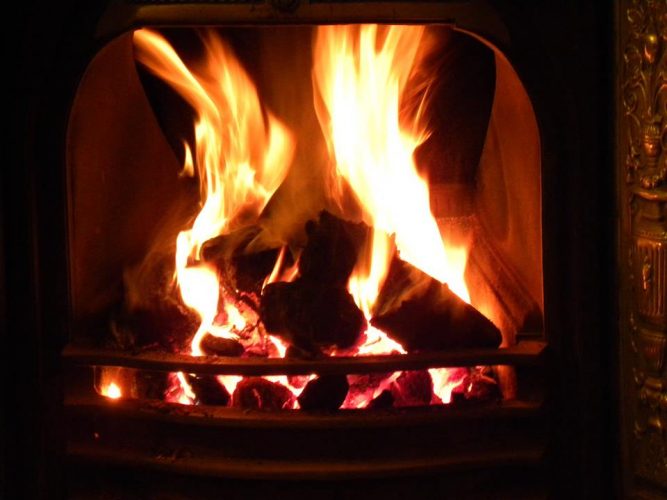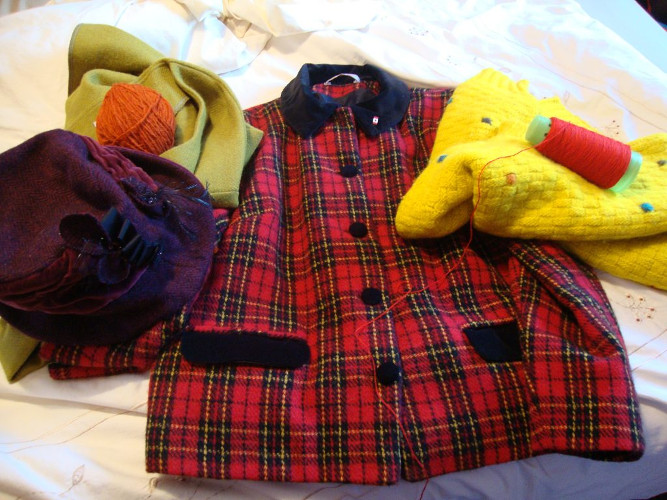Crofting Life in Isle of Lewis Uig -The Bulls
Crofting life in Uig Isle of Lewis involved looking after cattle and towing a bull to an offshore island once a year.
Every crofting family living in the Outer Hebrides, were dependent on their own cow to provide milk, butter and crowdie to supplement the family food supply.In the 1930s, The Department of Agriculture had a scheme which loaned out bulls to the crofters. The bull was well cared for, to ensure calves to sell on and a plentiful supply of milk for each croft house.
In the Uig area of Lewis, it was common practice to over-winter the bulls on the islands off the coast. The Breanish and Mangersta bulls went to Mealista Island, a short distance to tow a bull, though a rough stretch of sea to cross on a stormy day. The bull for the village of Reef went to the island of Vuia Mhòr.
There was only one bull for the Bays area: for Geshader, Ungeshader, Eincleit and Carishader as there weren’t many cattle in the four villages. The bull was tended by the Geshader villagers and was over wintered on Eilean Chliatasaigh. The bull for the village of Valtos went to Eilean Shiaram. The Crowlista people rented the church Glebe, with the trials of the husbandry of a permanently tethered wild Ayrshire bull, still recounted. In Ardroil Bothag an Tairbh the Bull’s winter shelter can still be seen.
The day for taking the bull to the island was a day of great excitement. The Geshader bull on its way to the winter pasture on Eilean Chliatasaigh was taken to Gob Scrithar in the village, the shortest rowing distance to Cliatasaigh. There were eight men in the boat, four men rowing the boat, two men standing by to relieve them when they flagged, the other two were responsible for the welfare of the bull. Yet another two village men took the bull on a rope, to Gob Scrithar.
As a young lad the late Finlay MacIver of Geshader accompanied the men and gave this account :
“The men led the bull behind them, to the edge of the shore and threw the rope to the men in the boat, They started to row and we pushed the bull into the sea. As the shore was quite steep the bull had to swim more or less immediately. He was towed to Eilean Cliatasaigh at the head of the Sruth and over wintered there on his own.
At the end of the spring the boat would go to Cliatasaigh and tow the bull back to the village. I remember going there once, in an unsuccessful rounding-up the bull, crew. The bull hadn’t seen anybody for so long it had gone wild. They tried to lasso the poor beast with a long rope by getting the rope in a loop around his horns. Those Highland bulls had huge horns and it was so wild, it chased the men. The youngsters thought it was great fun to see the bull chase the men. That day he was left on the island and after some thought, it was decided he should be fed every second day. After a fortnight the bull was quite tame and they got him off the island no bother.
There was an another white shorthorn bull loaned to Geshader from Angaidh an Domhnallaich on the farm in Holm, but this time wintered on Vuia Mhor. Peter Macdonald, Pàdraig a’ Ghlinne Ruaidh was on the hill with the binoculars and saw the bull stranded in Creag na h-Iolaire in Vuia Mhor. This was an inaccessible place to rescue a heavy beast from. The boat was loaded with strong rope and the wise men of the village, no young boys were allowed on board that day.
On reaching the island at high tide the men went ashore, leaving two men in the boat An Cochall and Coinneach an Bhuidhe. Their part was to keep the boat a little distance from the rock, in case the bull fell down the rock face, they would be able to row the boat and get to him before he drowned. After securing a rope one of the men climbed down the cliff. When the man appeared the bull took an incredible upward leap to safety. The distance the animal covered couldn’t be believed.
This large agile animal was taken back to the village and over wintered in the barn on the Gleann Ruadh in Geshader. As children coming home from school we used to go to the barn to view the bull at close quarters. I still remember the brand and tattoo in his ear which said ANC W98. We use to get the works for examining the bull’s ear at close quarters.
Then there was another big golden brute with huge horns taken to Cliatasaigh. For three years he over wintered there and didn’t pose a problem to catch, or to float him off the island. But this time at the head of the Sruth he went beserk, he tried to get into the boat, the rope was slackened off when he kept approaching the boat again and again. There was a danger his huge horns would pierce the boat and they would all drown. There were four men rowing, two on standby and two trying to keep him away from the boat. Coinneach Mhurchaidh Choinnich and the Lion, were in charge of the bull. Coinneach an Bhuidhe,The Candy, Iain Fhearchair, An Giobalan, The Crown and young Niall a Lion on the oars. They were terrified he would break up the boat and they headed for Mol na Sgeire Glais as it was shallower than Gob Scrithar. The idea was that the bull would swim to the shore by himself but they were almost ashore when the poor animal drowned.
A telephone call from the village grazings clerk to the Department of Agriculture’s Stornoway Office, resulted in a woman coming to view the dead bull. This was to verify the dead bull was indeed the one loaned by the Department. The bull had an identifying brand with letters on one of its horns.
We had to haul the beast up the beach and skin it. Everything had to be included in the hide except the flesh. The horns had to be sawn off, part of the head, the legs and hooves had to be included in the hide too.This was packed up and send to Stornoway. Shortly afterwards they got another bull, no more questions asked, but after that they never over wintered another bull on Cliatasaigh. The village of Reef also lost a bull in the similar circumstances.
In Geshader in the summer, before the crofts were fenced, there was a stone walled area, especially to keep the bull in at night. It was called Buaile an Tairbh. It was a lush green place with a stream running through it. Someone was responsible for locking the bull in at night, otherwise he’d be eating the crops. Someone else would let him out in the morning. A different person would be on duty the following day.
In the autumn when the cattle came back to the croft, when the potatoes had been lifted, the bull also returned. If you had two cows you had to have the bull on your croft for two days. One cow to be serviced was equal to one day’s grazing, the bull grazed on every croft in the village in this manner.
For every calf sired you had to pay 10 shillings per calf. This was payable to the Geshader grazing clerk once the cow had calved. This sum contributed to the expense of looking after the bull, particularly once they wintered the beast in the village itself. Geshader crofters didn’t pay as they were responsible for the day to day care of the bull, but the crofters of Carishader or Ungeshader paid that amount. The Luachair and Morsgail people also brought their cattle to Geshader, sometime the Luachair cattle came for a week.
Many a day I was sent to tramp the moor looking for the bull, when some one turned up with a cow in heat. It was all hands on deck when it came to the welfare of the animals in those days as every household was reliant on them”.
Recorded, translated and compiled by Maggie Smith 2005
You May Also Like

Five Local stories from the Isle of Lewis
April 14, 2019
Crofting life in Isle of Lewis Uig – The Sheep Gathering
May 5, 2016